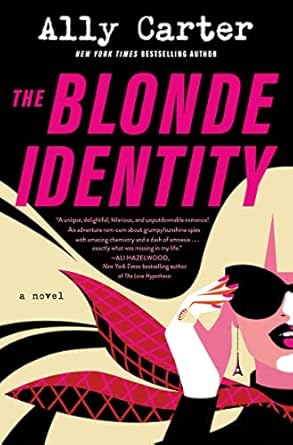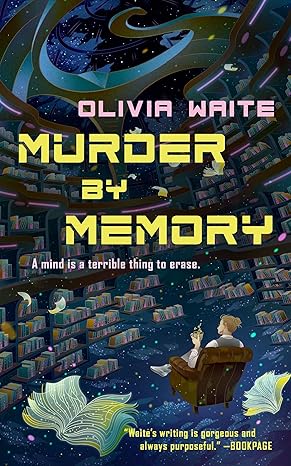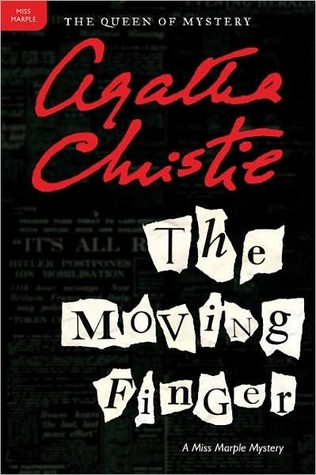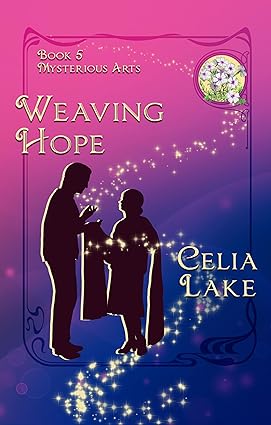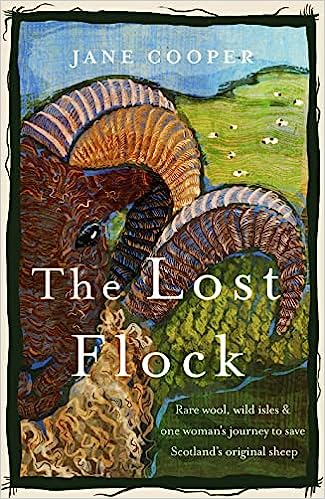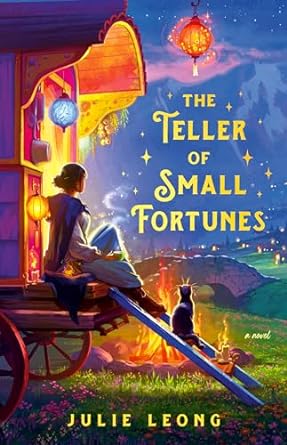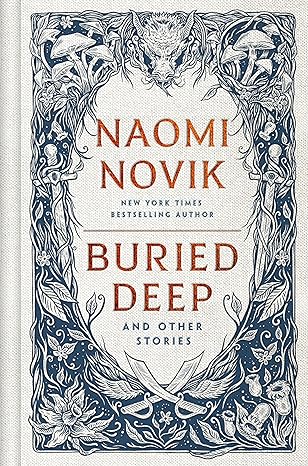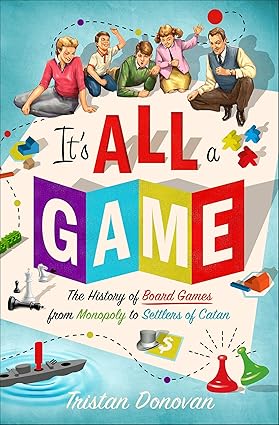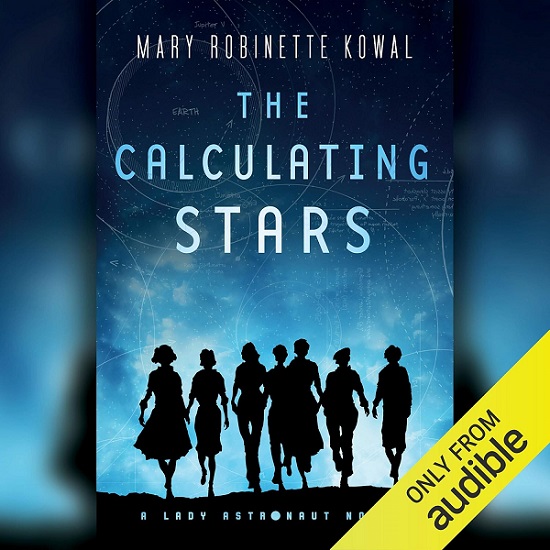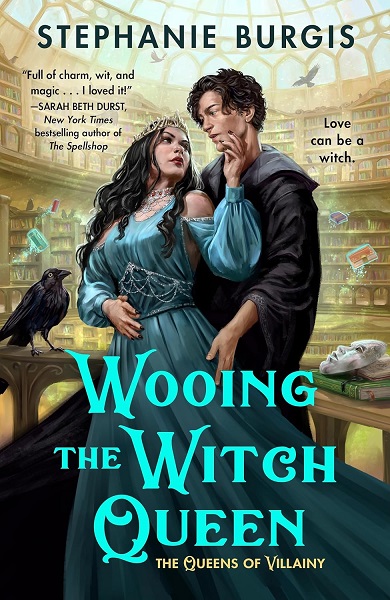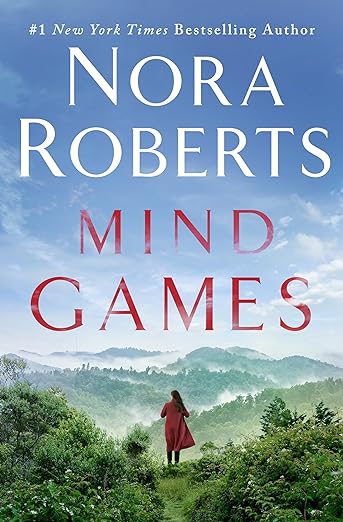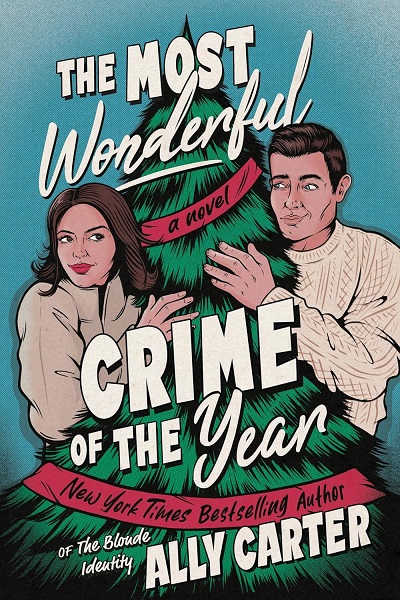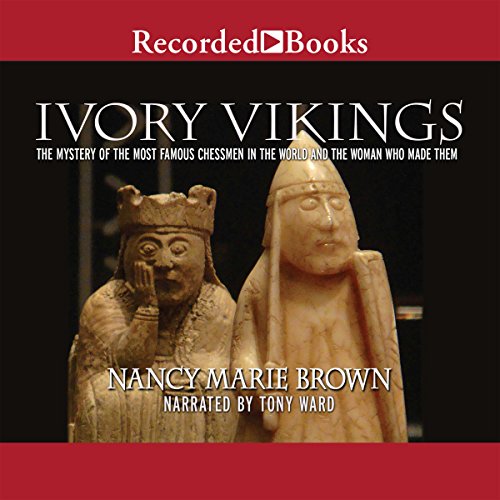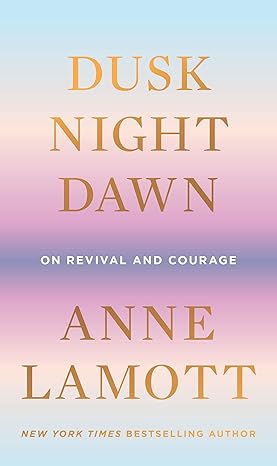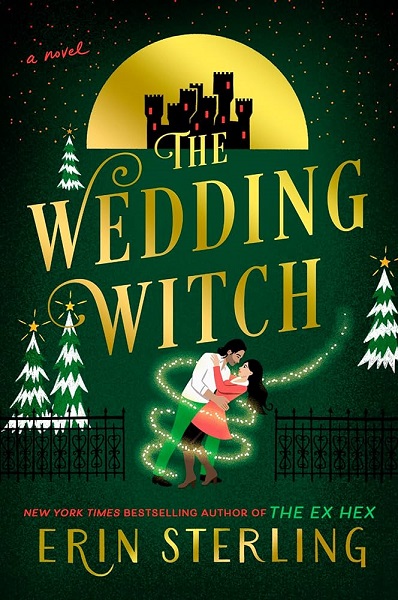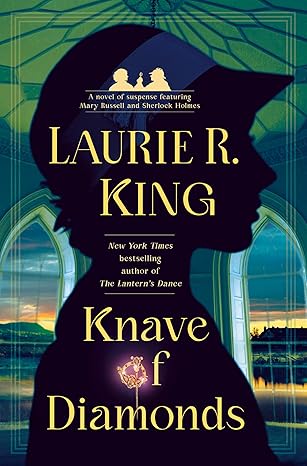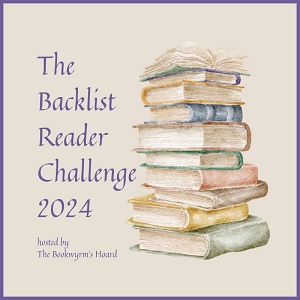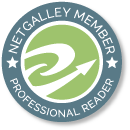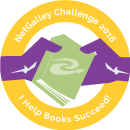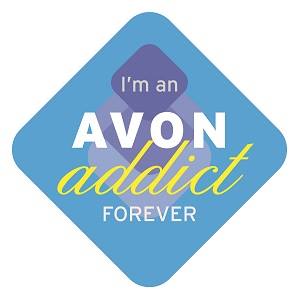 A year or two ago (probably closer to two), I received Book Collector, a book cataloging program from Collectorz, as a gift. I had researched a number of options for cataloging my books, from online catalogs like LibraryThing to shareware programs. Book Collector looked like the best bet, largely because it would allow me to include all the information I wanted to include, from series and series number, to whether I had read a particular title (and when), to edition and condition. I was delighted with my present, which my husband promptly loaded onto my computer for me.
A year or two ago (probably closer to two), I received Book Collector, a book cataloging program from Collectorz, as a gift. I had researched a number of options for cataloging my books, from online catalogs like LibraryThing to shareware programs. Book Collector looked like the best bet, largely because it would allow me to include all the information I wanted to include, from series and series number, to whether I had read a particular title (and when), to edition and condition. I was delighted with my present, which my husband promptly loaded onto my computer for me.
And then it sat on my desktop, unused. And sat. And sat. You see, I have a lot of books. And it was obviously going to take a long time to catalog them all. And I never seemed to have the time.
A few months ago, I decided enough was enough. I was, by gosh, going to start cataloging, even if it would take a while to get through it all. So I opened the program and started playing with it. The first thing I did was download the latest release, which had some nice additions. You can link now to your e-book files, for instance,* and to audiobook files. From within the program, you can search the Internet for cover images , and choose the one you want to use. There are also apps to let you download your collection to your iPhone, iPad, or Android device, if you have one.**
After using Book Collector for several months, I’m finally ready to offer a few thoughts on the program.
First, I love it. It’s reasonably easy to use, but flexible and detailed enough to be useful to anyone from a casual collector to a serious bibliophile, or perhaps even a small-scale bookseller. In addition to keeping track of the obvious [title, author, publisher, format (e-book, mass market, hardcover, etc.), publication date], the program allows you to indicate:
- genre and subject categories (you aren’t limited to existing categories, but can edit and create them to suit your own needs)
- country and language of publication
- series name and which number the book is within that series
- pseudonym and real name of author
- whether the book is in your collection, on your wish list, ordered, for sale, or not in collection
- where you purchased the book, the cover price, and what you actually paid for it
- whether and when you’ve read a title (useful for reading lists)
- your rating, on a scale of 1 to 10 stars
- location of the book, as generally or specifically as you want (bedroom; kitchen bookshelf, top shelf)
- call number
- number of pages
- plot information and other notes
- loan status (whether you’ve loaned the book, and to whom)
- presence and content of any inscription
and even more. There are at least two fields which you can customize entirely, should you need to track something the program doesn’t already handle (such as how you disposed of the book, if you sold or gave it away.)
Second, it’s definitely going to take longer than my original estimate of a few months to catalog all my books. In part this is because I have a lot of books (did I mention that already?), and not a lot of time to spend cataloging them. In part, it’s because I’m a perfectionist and I enjoy organizing things, so I’m using a lot of the capacity I detailed above, and that takes time.
It doesn’t actually take very long to get a book into the system. Book Collector has several ways to streamline that process. You can scan the barcode using a barcode scanner***, photograph the same with your iPhone, or simply type a number of ISBNs into a list. Once you’ve created your list of ISBNs through one of these methods, Book Collectorz will locate the book in their huge-and-growing database or on the web and download the pertinent information, which takes care of title, subtitle, author, publisher, publication date, format, number of pages, cover image, and possibly genre, subject(s), plot information (a product description or back- or inside-cover blurb) and other stuff as well. Then all you have to do is add any other information you want to add.
Well, more or less. Some or all of the downloaded information needs to be checked, and sometimes changed. Since Book Collector gets some of the information from its databases, and that information comes from collections uploaded by customers, there isn’t a lot of consistency in some areas. Title, author, and publisher are usually fine, but genre and subject categories are particularly inconsistent. Even publication dates are occasionally incorrect. The chosen cover may not match the cover of my edition. And so forth. I spend a lot of time checking, fixing, and adding information to make sure it’s all correct for whichever edition I own (and by my reckoning, of course.)
How far have I gotten in my cataloging project?
* * * * *
 * Of course, that means I’m now double-cataloging my e-books, once in Calibre and once in Book Collector, because I can’t actually load them onto my Sony Reader from Book Collector. Sigh.
* Of course, that means I’m now double-cataloging my e-books, once in Calibre and once in Book Collector, because I can’t actually load them onto my Sony Reader from Book Collector. Sigh.
** Unfortunately, I don’t have any of those yet, so I won’t be reviewing that feature at this time. But it certainly sounds useful!
*** We purchased a CueCat scanner, which works pretty well; Collectorz also sells other models.










